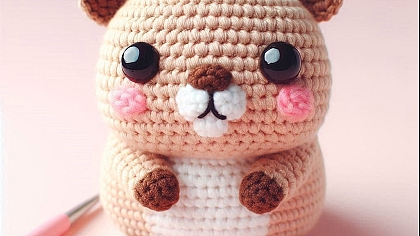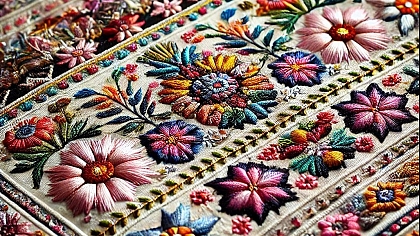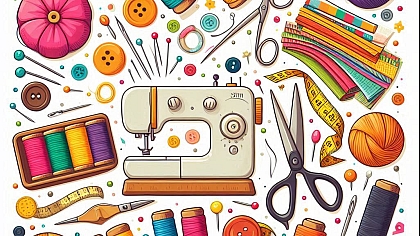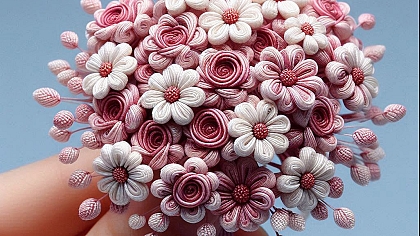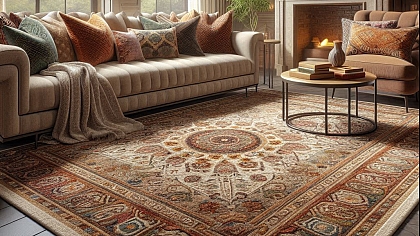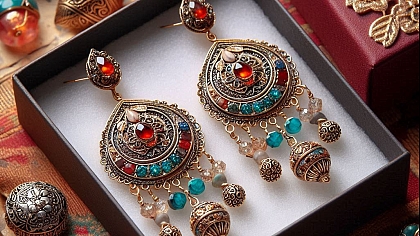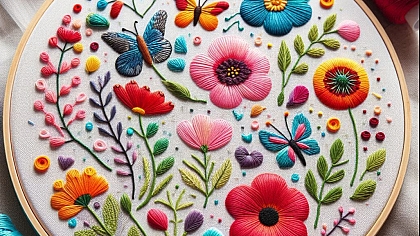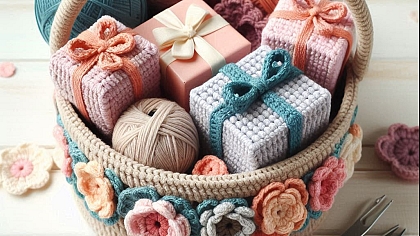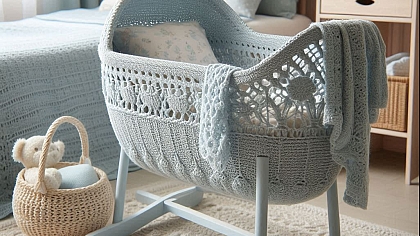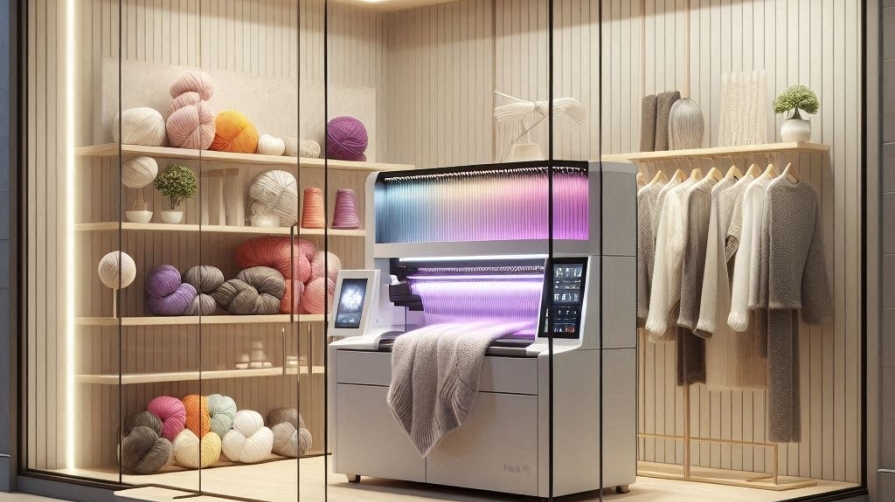
Knitting and Technology: Apps and Gadgets to Enhance Your Craft
For centuries, knitting has been a beloved craft, cherished for its soothing rhythms and tangible results. Knitters once relied solely on needles, yarn, and their own hands to create intricate designs. Over time, techniques evolved, patterns became more complex, and materials improved. Yet, one thing remained constant: the connection between the knitter and their craft. Today, that connection has taken a digital twist, as modern technology brings new possibilities to the knitting world. With the rise of knitting apps, gadgets, and tools, crafters can now blend tradition with innovation, making the process both more efficient and enjoyable. This article explores how technology is enhancing knitting through various applications and gadgets, allowing crafters to elevate their projects in exciting new ways.
The Intersection of Tradition and Innovation
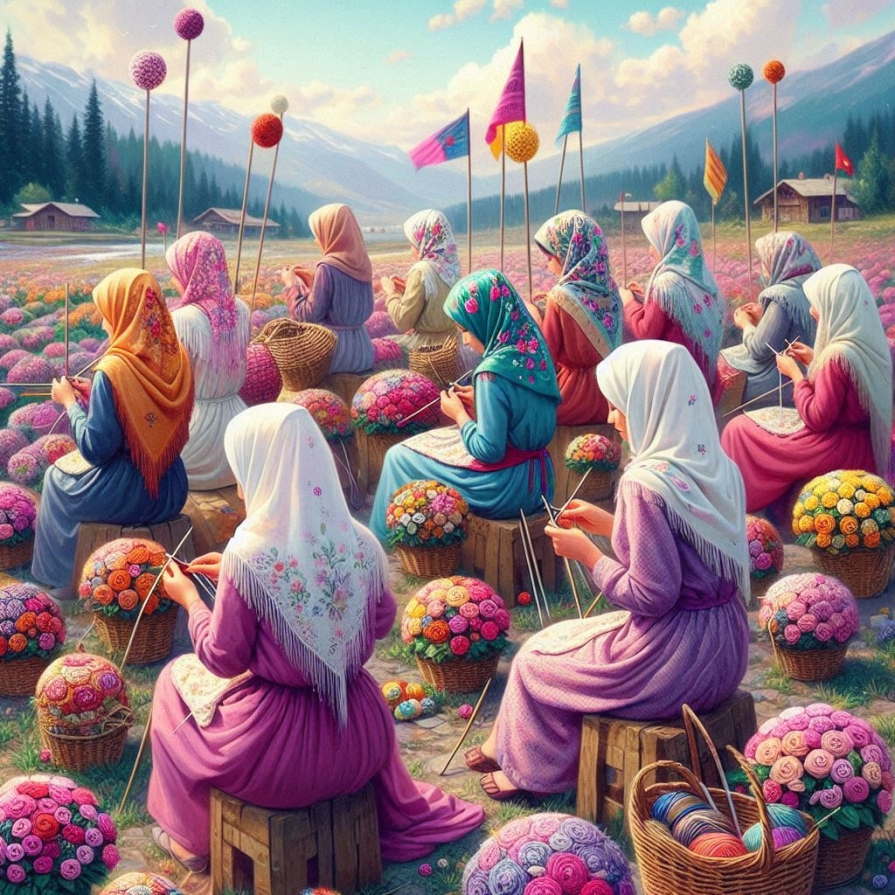
At its core, knitting is a craft rooted in tradition. Passed down from generation to generation, the basic principles have remained the same for hundreds of years. The use of needles and yarn to create loops that transform into wearable items or decorative pieces is as timeless as it is simple. However, knitting has also always been a craft that adapts, evolving with the times. The modern knitter is no different, seamlessly integrating technology into their workflow to enhance efficiency and creativity.
Knitting, with its intricate stitch patterns and colorwork, is perfectly suited to the digital age. The repetitive motions, reliance on patterns, and sometimes complex calculations can now be assisted by apps and devices designed specifically for knitters. These tools help streamline the knitting process, allowing crafters to focus more on the joy of creating while leaving the details to their digital counterparts. From keeping track of rows to designing custom patterns, technology offers a wide range of possibilities for knitters at all skill levels.
Knitting Apps: A Seamless Way to Stay Organized
One of the most significant ways technology has transformed knitting is through mobile and tablet apps. Whether you're a novice knitter just learning to cast on or an experienced artisan working on a lace shawl, knitting apps can make every step of the process easier. These apps serve as a hub for everything knitting-related, helping users organize projects, track progress, and even connect with a larger knitting community.
Among the most popular knitting apps is Ravelry. Often referred to as the social network for knitters, Ravelry is a vast online platform where knitters can find patterns, share their projects, and discuss techniques with fellow crafters. The platform allows users to catalog their yarn stash, organize their works in progress (WIPs), and search for inspiration from a global community of knitters. What sets Ravelry apart from other knitting apps is its database of patterns, which ranges from simple scarves to elaborate Fair Isle sweaters, making it a treasure trove for knitters looking for their next project.
Beyond social networking, there are apps that offer specific features designed to help knitters stay on track with their work. Knit Companion, for example, allows users to upload patterns and mark off rows as they go, reducing the need for physical pattern printouts and highlighters. It also includes counters for tracking rows and repeats, a lifesaver for projects that require attention to detail, like cable or lace work. With its ability to link notes directly to pattern sections, Knit Companion provides knitters with an efficient way to manage even the most complex projects.
Another app, Stash2Go, acts as an extension of Ravelry, giving knitters the ability to access their favorite patterns and project details on the go. Whether at a yarn store or in the middle of a knitting group, crafters can keep all of their knitting information in one place, eliminating the need to carry around physical patterns or notebooks.
Digital Row Counters: Simple Solutions for Complex Patterns
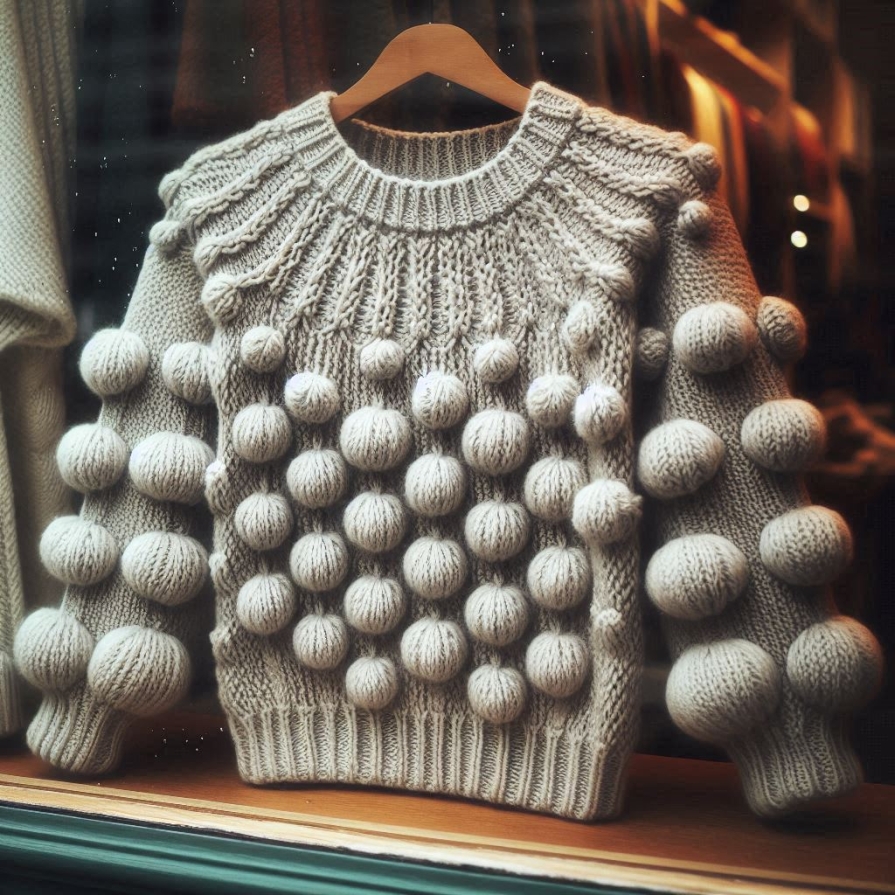
In traditional knitting, keeping track of rows and stitch patterns often required the use of physical counters or even tally marks on a piece of paper. While these methods are still effective, technology has introduced more streamlined ways to stay organized. Digital row counters have become an essential tool for knitters working on projects with complicated stitch patterns or intricate colorwork.
The advantage of digital row counters lies in their simplicity. Devices like the Sirka Counter allow knitters to track multiple pattern repeats at once, making it easy to keep track of where they are in a project without relying on memory. Many digital counters can be worn as a ring, ensuring that they are always within reach and allowing knitters to stay focused on their work. For knitters who prefer a more modern approach, row counting apps like Count It and Knit Counter offer a similar functionality on smartphones, allowing users to track rows, repeats, and stitch counts with the touch of a button.
These digital tools not only eliminate the need for physical row counters but also reduce the likelihood of errors. For projects with complex stitch patterns, digital row counters provide an additional layer of accuracy, allowing knitters to focus on the creative aspects of their work without worrying about losing track of rows or stitches.
Gadgets for Knitters: Beyond Needles and Yarn
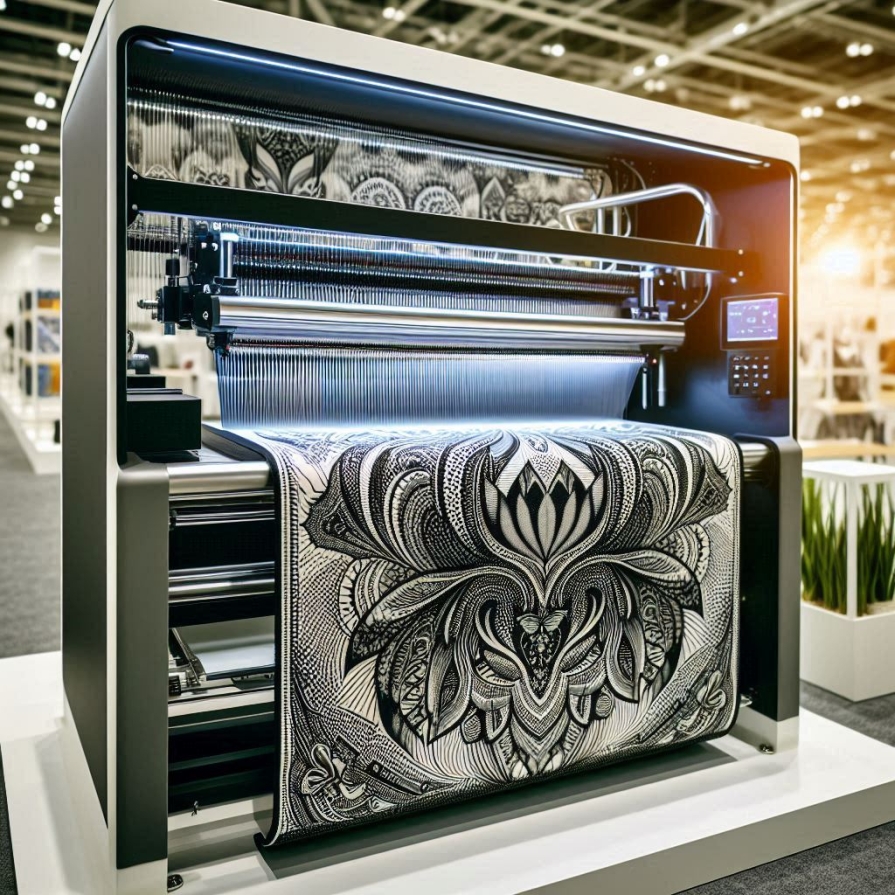
As knitting continues to evolve, so too does the range of gadgets available to crafters. While traditional tools like stitch markers and tapestry needles are still essential, modern gadgets offer features that can make knitting faster, easier, and more enjoyable.
One such gadget is the electric yarn winder. For knitters who buy yarn in skeins, winding the yarn into a ball is often a tedious but necessary step before starting a project. Manual yarn winders have long been a staple in many knitting kits, but electric winders take this process to the next level, quickly and efficiently winding yarn with minimal effort. This can be especially helpful for large projects that require multiple skeins of yarn or for knitters who experience strain in their hands and wrists.
Another innovative tool is the yarn tensioning device. Yarn tension is critical for maintaining an even gauge throughout a knitting project, but it can be challenging to control, especially for beginners. Yarn tensioning gadgets help knitters maintain consistent tension by guiding the yarn through a device that adjusts its tightness. This not only ensures a uniform gauge but also prevents common knitting issues like dropped stitches or uneven rows.
For knitters who enjoy multitasking, there are even gadgets designed to free up their hands while knitting. The Yarnit, for example, is a clever tool that holds a ball of yarn while keeping it tangle-free and protected from dust or pet hair. The Yarnit can be attached to a surface or held in the knitter's lap, allowing them to knit in virtually any setting without worrying about their yarn rolling away or getting tangled.
Digital Patterns and E-Books: Revolutionizing Knitting Design
Gone are the days of buying knitting magazines or books solely for their patterns. While print patterns still hold value, the rise of digital patterns has revolutionized how knitters approach their craft. Many designers now sell their patterns through platforms like Ravelry, Etsy, and their own websites, offering instant downloads that can be saved to a tablet, phone, or computer.
Digital patterns offer several advantages over their printed counterparts. First and foremost, they are more accessible. Instead of having to sift through stacks of knitting books or magazines, knitters can simply search for specific patterns online, often filtering by skill level, yarn weight, or type of project. Digital patterns can also be easily adjusted and resized to fit individual preferences, allowing knitters to customize their work with precision.
Another significant development in the world of digital knitting is the rise of e-books. Knitting e-books compile collections of patterns that can be downloaded in one go, offering an eco-friendly alternative to print publications. These e-books often include detailed tutorials, stitch guides, and step-by-step photos, making them invaluable resources for both beginners and advanced knitters. With the convenience of being able to carry hundreds of patterns in a single device, knitters can access their favorite designs at any time, whether at home or on the go.
3D Knitting Printers: The Future of Fabrication?
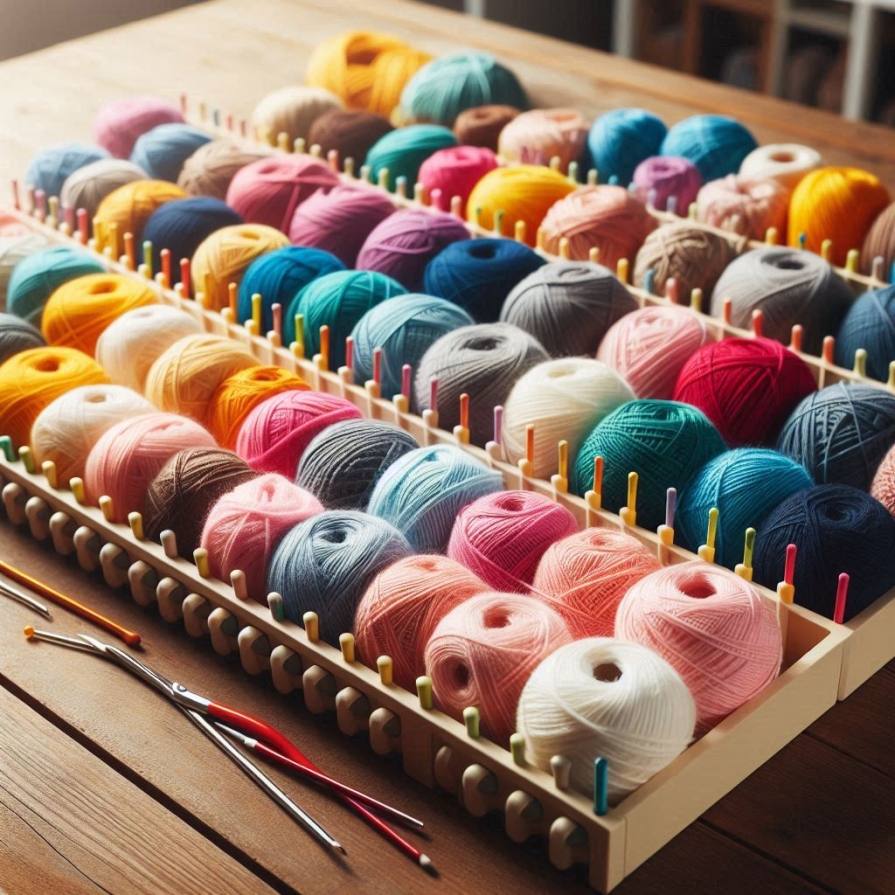
Perhaps the most futuristic advancement in knitting technology is the emergence of 3D knitting printers. While still in the experimental stages for most hobbyists, 3D knitting is being explored by textile manufacturers and designers as a way to revolutionize how knitted garments and accessories are produced.
3D knitting printers use computer algorithms to create three-dimensional knitted structures from yarn. Unlike traditional knitting machines, which are typically large and industrial, 3D knitting printers are designed to be more compact and accessible to individual makers. These machines can produce complex knitting patterns with minimal human intervention, opening up possibilities for more intricate designs that would be challenging or time-consuming to create by hand.
While 3D knitting printers are not yet commonplace in the home crafter's toolkit, the technology is advancing rapidly. In the future, it is possible that knitters will be able to design their own patterns on a computer, send the design to a 3D knitting printer, and watch as the machine creates a finished garment or accessory. This blending of traditional craft and cutting-edge technology promises to push the boundaries of what is possible in knitting, creating new opportunities for innovation and creativity.
Embracing the Future of Knitting
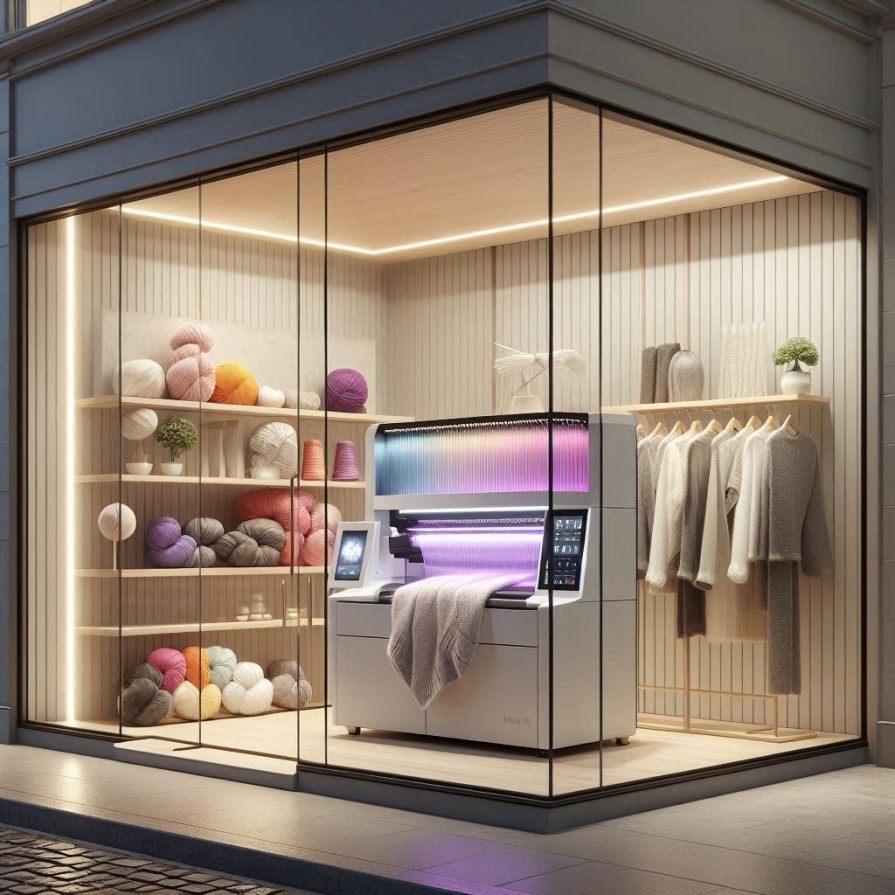
Knitting has always been more than just a craft—it is a way to connect with oneself, with others, and with tradition. As technology continues to evolve, it offers knitters new tools to enhance their creativity and make their work more efficient. Whether through apps that organize projects, gadgets that simplify the knitting process, or even futuristic 3D knitting printers, technology is opening up new possibilities for crafters who want to push the boundaries of their craft.
At the same time, technology never replaces the heart of knitting—the connection between the knitter and their creation. Instead, it complements this connection, making it easier to bring ideas to life and enjoy the process of crafting something by hand. Whether you're a beginner just picking up your first set of needles or an experienced knitter looking to try something new, embracing technology can add a whole new dimension to your knitting journey.

